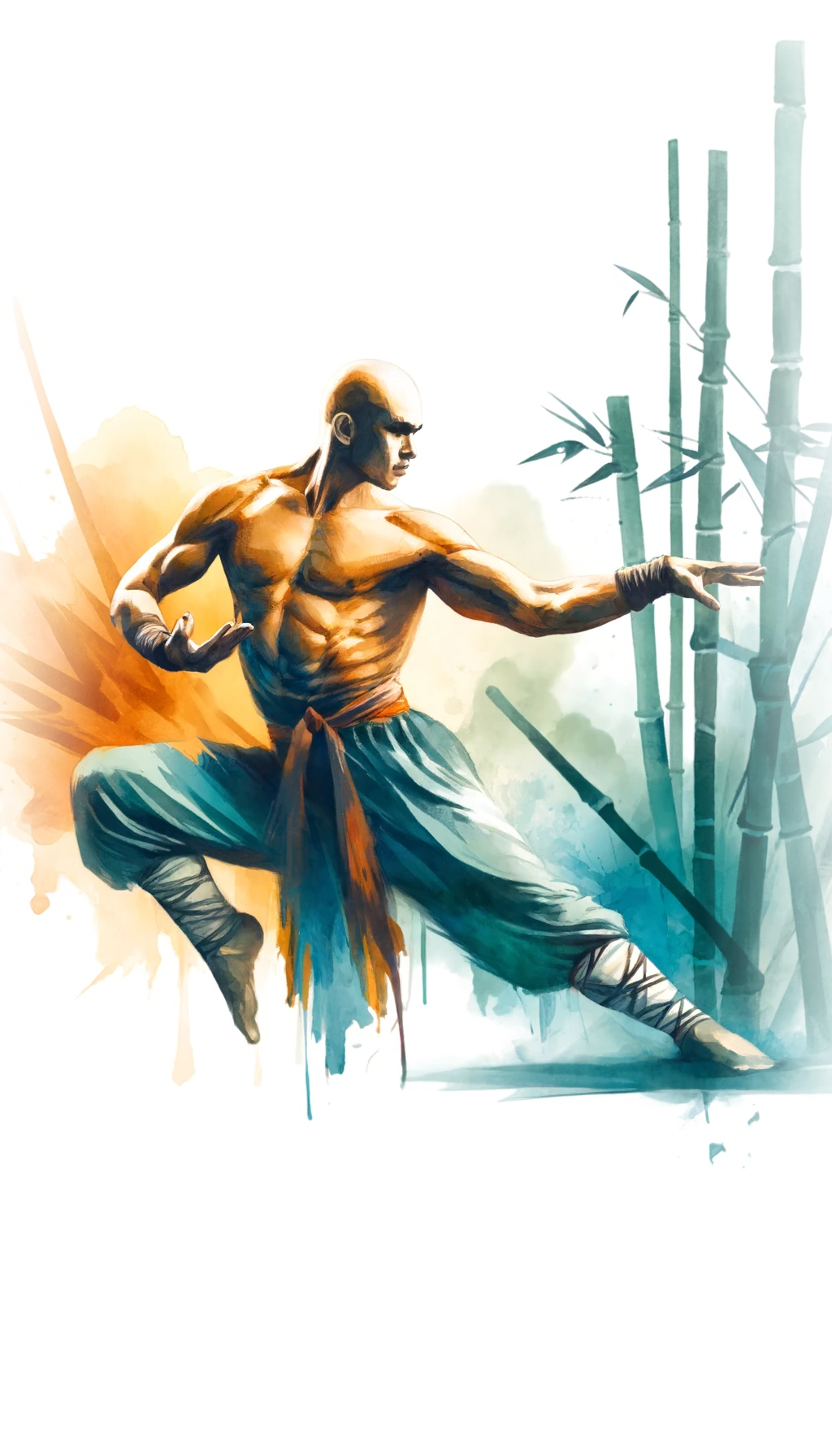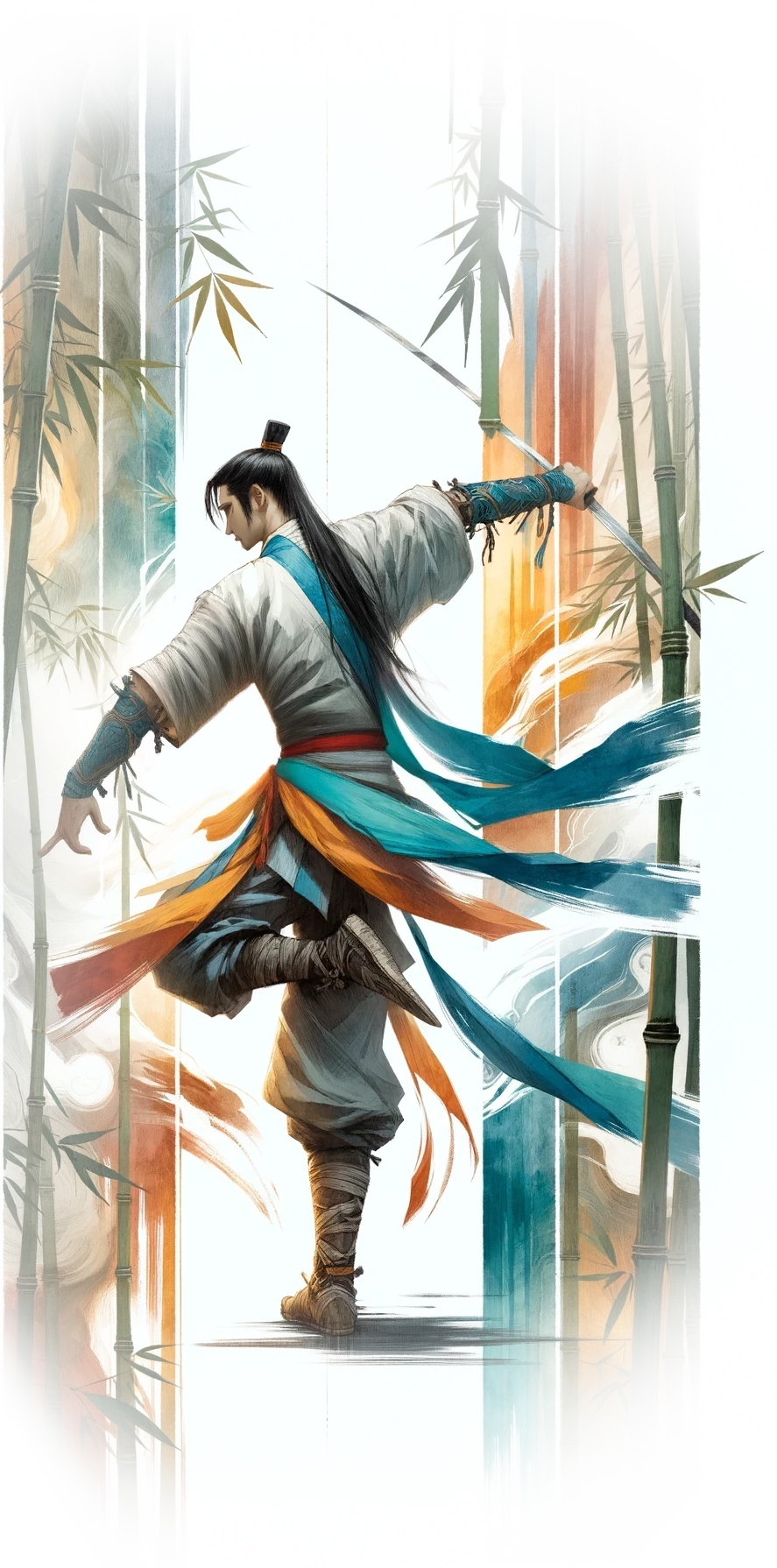Kuroneko (1968)
.jpg)
KURONEKO, “The Black Cat”, is a Japanese ghost story, filmed in 1967 by director Kaneto Shindo. Although less well known than genre contemporaries such as Masaki Kobayashi’s Kwaidan and Shindo’s own ONIBABA, it is no less haunting or beautifully made.
The Story
When a young farmer is whisked away to fight in the wars ravishing 16th century Japan, his wife and mother are left to fend for themselves. In the opening scene, a band of hungry samurai fleeing from battle fall upon the women’s home. They take their food, rape them and leave the house in flames. When the fire has died, a black cat is seen feeding on the women’s charred remains.
The spirits of the women strike a deal with the dark gods, represented by the cat, that they might return to earth to take revenge on the samurai class by seducing them and sucking their blood.
A soldier returning from battle a hero is sent to destroy the monster that preys on samurai in the woods. His task is made more difficult when he discovers that the beast is actually the mother and wife he left behind and had thought dead.
How can he keep his honour when doing so means killing his family? How can the ghosts keep their bargain with the dark gods when the samurai they must kill is the one person they love?
The Film
Kuroneko is shot in an intense black and white. Lighting, camerawork and sound are used masterfully to convey a sense of the supernatural. The performances Shindo extracts from his cast are similarly intense and convincing.
The film is very stylised. As with a lot of Japanese cinema of the time, it uses techniques from stage productions. Spotlights are often used to pick out the ghostly characters with sharp definition in otherwise dark sets. They are also used to make the characters emerge from shadows where shadows should not necessarily be. Both of these techniques highlight the otherworldly nature of the women in their new form.
Sound is also used very effectively for this purpose. At significant moments all ambient sound cuts out, except perhaps a single effect such as a cats cry, distorted and unnatural. The disappearance of noise such as footsteps and wind makes the scene appear to be taking place slightly outside normality.
Both sound and lighting come together beautifully in some of the scenes most memorable moments – those when the ghostly women are seen gracefully somersaulting over the heads of the humans below in bright light and absolute silence, silk flowing behind them. These images have influenced the portrayal of ghosts in many films since.
The Cat
Western audiences perhaps misread the significance of a black cat being the agent of evil. Although the connection with the supernatural is already strong in western culture, it should be remembered that in 16th century Japan the cat was not a domesticated pet, but was viewed as vermin. Legend apparently says that the cat was the only animal to be left out of the zodiac, because it showed up late for Buddha’s funeral. This observation puts a different perspective on the cat’s appearance in Kuroneko, and on the nature of the entities that the women have become.
My Thoughts
It is a shame that Kuroneko is not more widely known outside Japan – a search on the Internet produces very little information on it or creator Shindo, for instance. There is no doubt of its influence on filmmakers ever since, however, in the techniques used to represent supernatural forces.
The aesthetic developed by Shindo, and later extended by Kobayashi, remains the definitive evocation of otherworldly forces. It is also rarely matched for its beauty, and Kuroneko has few rivals as a film of tremendous aesthetic power.
Crew
| Director | |
|---|---|
| Production Company | |
| Writer | |
| Producer | |
| Editor | |
| Cinematographer | |
| Art Director | |
| Soundtrack |
.jpg)
.jpg)
.jpg)
.jpg)
.jpg)
.jpg)
.jpg)

